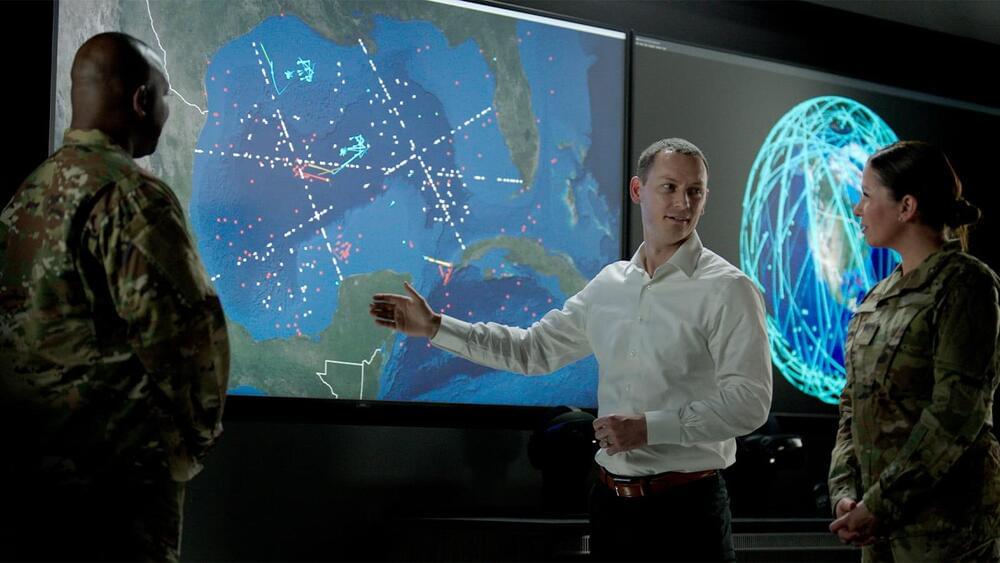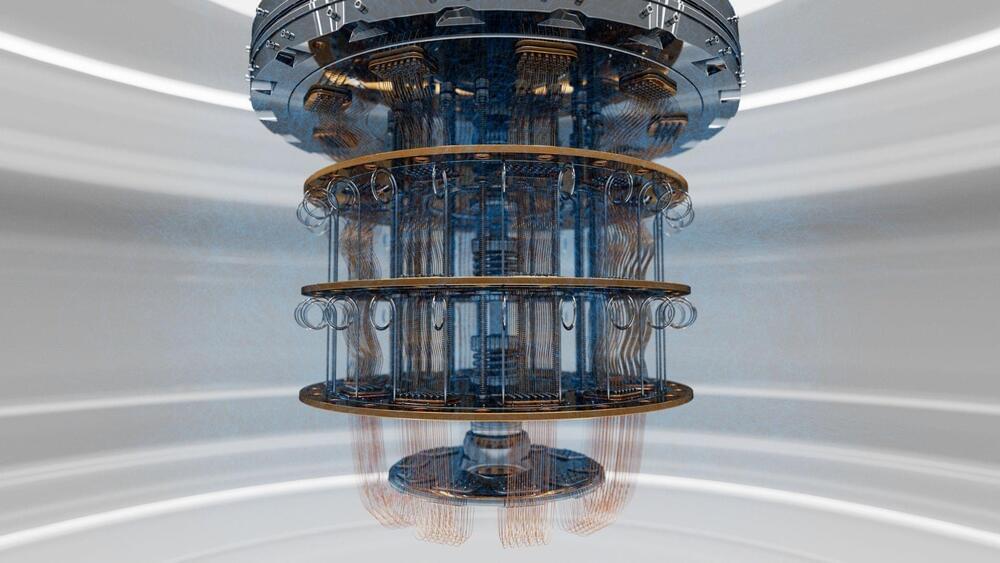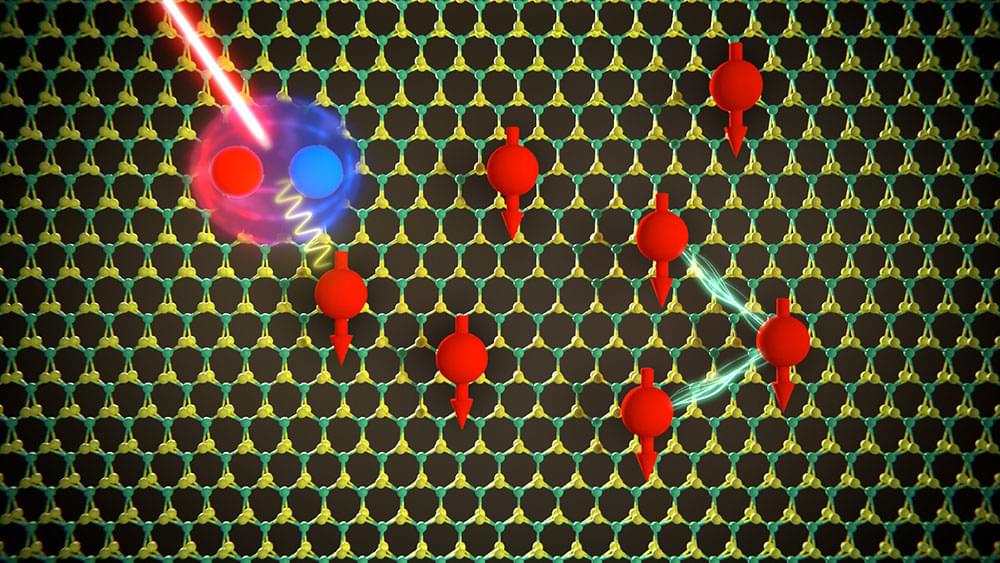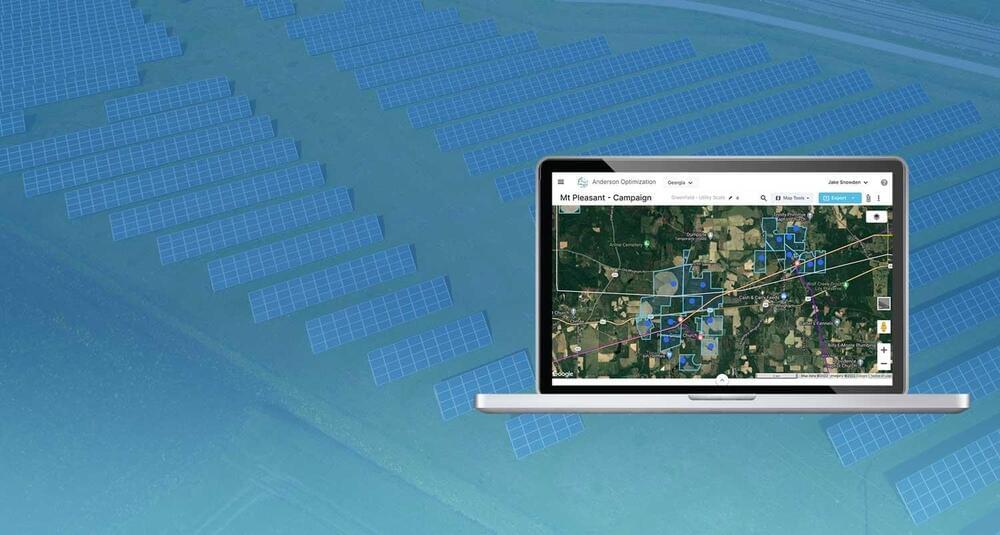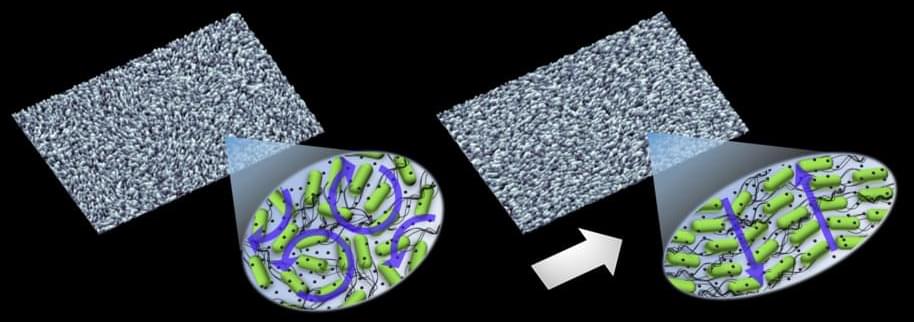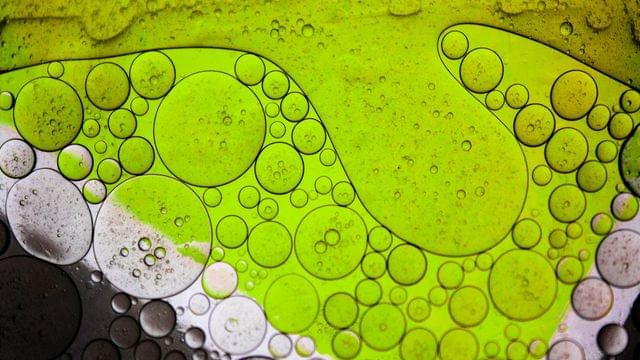Raytheon, an RTX (NYSE: RTX) business, has been awarded a contract from the U.S. Army Futures Command (AFC) Futures and Concepts Center (FCC) to conduct theater level concept experimentation and mission analysis to support agile learning of the future battlefield. Under the contract, a Raytheon team will use its Rapid Campaign Analysis and Demonstration Environment, known as RCADE, to develop large-scale theater scenarios to help FCC leaders assess concepts of operations in a multi-domain conflict. Quantitative data and findings from the scenarios will help identify capabilities needed to succeed in future conflicts.
RCADE is part of Raytheon’s integrated ecosystem of modeling and simulation capabilities that are fed by real-world analytics, models, and data. It creates an experimentation environment where customers can explore battlefield scenarios, assess how different variables impact mission outcomes and quickly iterate their options with greater speed. In tandem with RCADE, the technical expertise provided by Raytheon engineers will complement the U.S. Army’s analysis enterprise. They will work together to meet the challenge of the future and solve complex evolving threats.
“RCADE helps our customers look at some of the most difficult missions and evaluate how to change the outcome for the positive. Our team of highly trained experts power this groundbreaking capability, enabling it to deliver credible, unbiased solutions,” said Colin Whelan, president of Advanced Technology at Raytheon.
